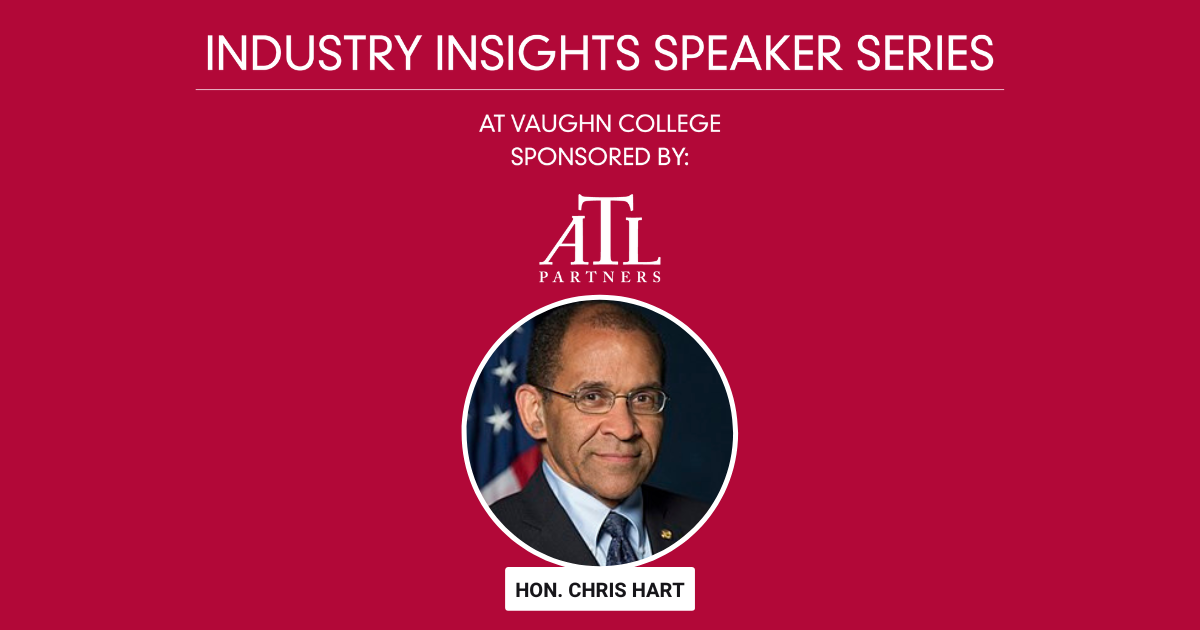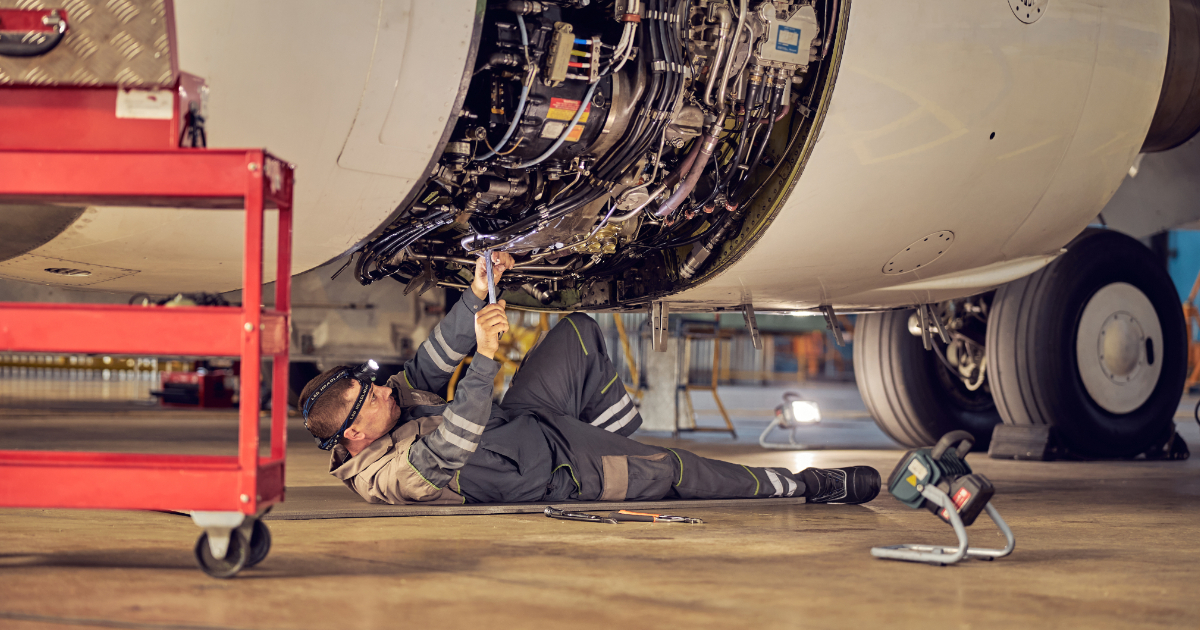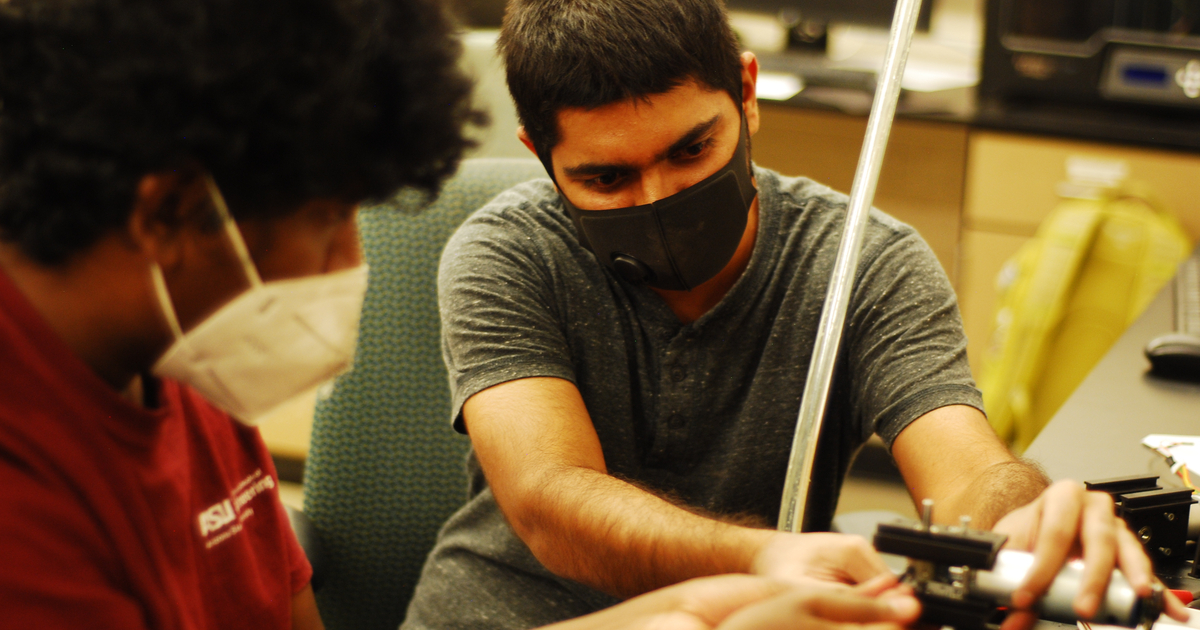Industry Insights Speaker Series: NTSB Chairman Christopher Hart (Ret.) Discussed the Vulnerabilities of Automation in Transportation

The management department at Vaughn College welcomed the Honorable Christopher Hart, chairman of the National Transportation Safety Board (NTSB)(Ret.) and founder of Hart Solutions, LLP to its Industry Insights Speaker Series, sponsored by ATL Partners. Hosted by Dr. Maxine Lubner and Adjunct Professor Loretta Alkalay, Hart discussed the vulnerabilities of automation as he took the audience through serious—and in some cases tragic—journeys of several accidents where automation met human operation. At this event, students learned the importance of safety in all forms of transportation as well as how the benefits of earning Vaughn’s Safety Management Systems Certificate can start them on their way to a futureproof career.
About Christopher Hart
For nearly 50 years, Christopher Hart’s stellar expertise as a lawyer, pilot and government official has earned him a sterling reputation as an expert in the transportation safety industry. After working at the National Highway Traffic Safety Administration and the Federal Aviation Administration (FAA), he returned to the NTSB, having previously served there for several years. In 2009, he was sworn in as a member, where he held several positions. Five years later, President Barack Obama nominated Hart to serve as the agency’s thirteenth chairman—a position he held until 2017. Hart holds a Bachelor of Science and Master of Science in aeronautical engineering from Princeton University, and a Juris Doctor from Harvard Law School.
Notable Accidents in Transportation
Metro Collision, Washington, DC—2009
Hart opened the discussion with the metro collision of 2009 in Washington, DC, which he described as a failure of automation. At that time, Hart said there was “some automation” in place and explained how a defect in the system’s design led to the fatal train collision. Here’s what transpired. First, Hart began by describing a dispatch board that shows the entire transit system and where the trains are located. A defect in the system resulted in a train on the tracks being “electronically invisible”—which gave no warning to the second train traveling miles behind it that there was another train ahead. Thinking that the rail was clear, the operator of the second train accelerated as it approached a curve. As it made its way around this curve, the operator saw the first train and applied the emergency brakes. Tragically, it was too late and the operator and eight passengers were killed. Working at the NTSB at the time of this accident, Hart said there is a lesson to be learned. “Automation needs to assume reality,” he said. “The software should have picked up that the train was there. The failure is obvious. If the signal disappeared, then still assume the train is still in place.”
Human Factors “Error Trap” in Strasbourg, France—1992
Hart described this tragic airplane crash in Strasbourg, France as “fascinating”—because the fate of the passengers and crew came down to a simple decimal point. Wondering how that could be? Here are the details of the crash. As he began, Hart outlined several risk factors of the flight which he described as an “accident waiting to happen.”
These were the situational risk factors:
- Flight occurred at night
- Mountainous terrain
- No ground radar
- No ground-based ground slope guidance
- No airborne terrain alerting equipment
Although the plane was equipped with a sophisticated autopilot, Hart claimed it was “autopilot ambiguity” that caused the crash. Here’s what happened: While preparing for landing, the pilot programmed the autopilot system incorrectly by not including a decimal point in the speed at which the plane should descend. The correct programming should have been “3.2” in the window—which means to descend at a 3.2-degree angle (about 700 feet per minute at 140 knots). Instead, the pilot failed to include the decimal point and entered “32” (without the decimal point) in the window, which indicated that the plane should descend at 3,200 feet per minute.
Due to this gross error—in addition to flying at night—the pilots didn’t know they were approaching the ground as quickly as they were and crashed before reaching the airport. “This is a textbook example of threats and errors,” he said. “We need to correct situations that can lead to mistakes. In this case, a simple decimal point was the difference between life and death.” So, what could have prevented this accident? Hart said the industry needs the human factor in situations like this: Experts who will fly in a simulator to help investigators understand what happened. He continued by emphasizing how a proactive flight data recorder readout program could have helped safety experts identify this problem before the crash.
Landing on the Hudson: Unanticipated Circumstances—2009
The landing of U.S. Airways Flight 1549 on the Hudson River—or more popularly known as the “Miracle on the Hudson”—will go down in aviation history as one of the most remarkable landings in our lifetime. Here is what happened:
On January 15, 2009, the Airbus A320 was on its regularly scheduled flight from New York City to Charlotte and Seattle when it struck a flock of birds shortly after takeoff—causing all the engines to lose power. Unable to reach an airport, pilots Chesley “Sully” Sullenberger and Jeffrey Skiles had to make a split-second decision to attempt a water landing in the river without any power. The pilots were unaware that the plane was equipped with phugoid damping, which inhibited three and one-half degrees of nose-up alpha during flare. This resulted in a higher vertical speed upon impact. Hart—who says this landing is not a miracle at all—credits several factors for the successful outcome that resulted in no fatalities. Some of these factors included:
- Good engine design
- A robust system
- Well-trained pilots
He stated in this particular situation, stick and rudder skills and discipline played major roles in the successful outcome of this accident. “We need to train commercial pilots with these skills,” Hart said. “For this accident, the human factor was the most reliable.” As amazing as this water landing was, Hart said had the pilots known of the phugoid damping, it may have reduced damaged and injuries.
Hart’s Final Thoughts
Hart concluded his presentation with some closing thoughts on automation in aviation:
- Automation has a proven track record of benefits.
- As automation becomes more reliable, complex and capable, the challenges will increase—both when the automation is not functioning as designed, as well as when it is functioning properly.
- Automation failure is rare. Problems are more likely to be related to human factors and/or unanticipated circumstances.
- Checklists will face many of the same challenges as automation since they are simply operator-enabled automation.
A management or aviation degree can prepare you for an exciting and in-demand career. Here’s how Vaughn can get you there.
Vaughn’s Aviation and Management Programs
Vaughn offers a range of bachelor’s, master’s, associate and certificate programs in aviation, management and aviation maintenance. As a leading institution in these industries, the College is setting the pace by providing its students with the skills they need to land jobs in these in-demand fields. Are you ready to pursue your futureproof career? Discover the possibilities of a lifelong career through one of our programs. Apply today!

